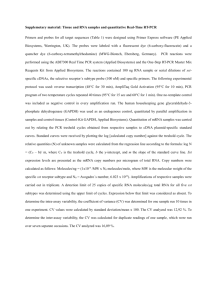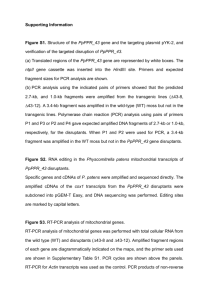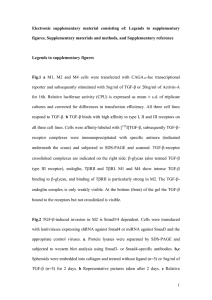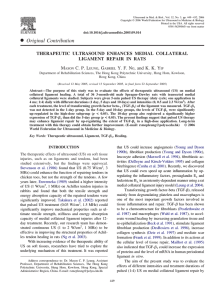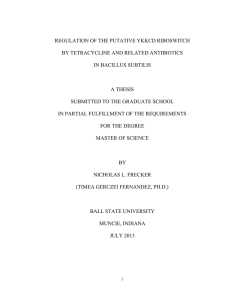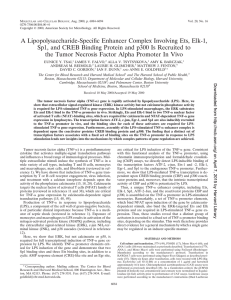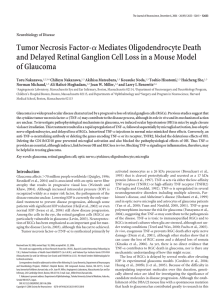jws-hep.21117
advertisement
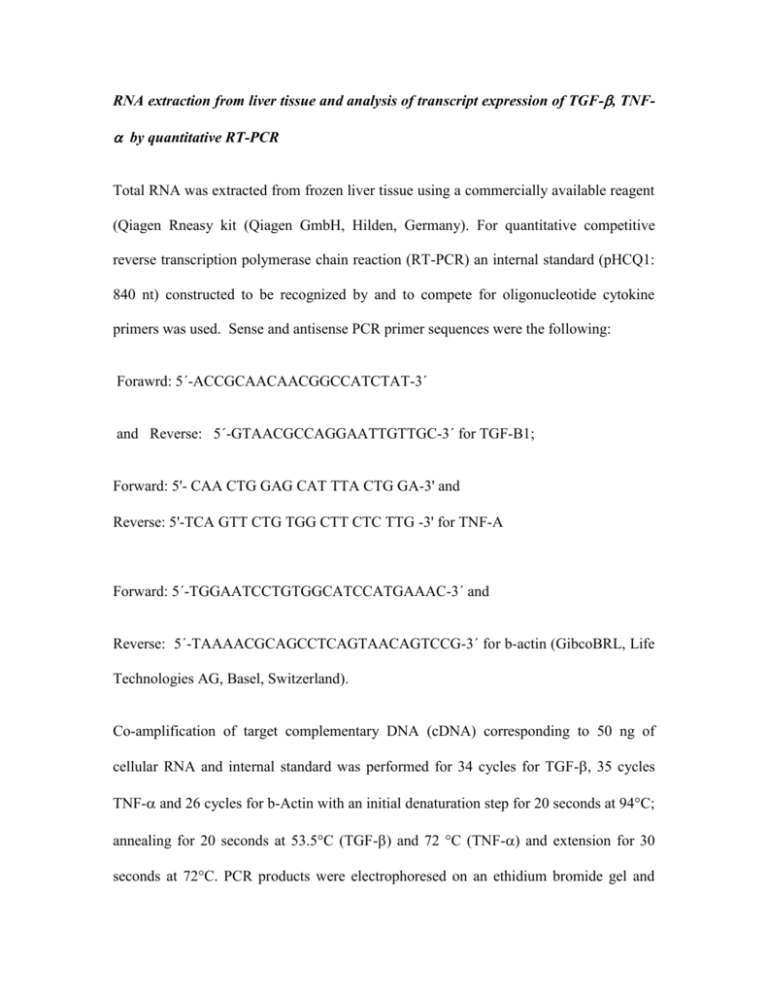
RNA extraction from liver tissue and analysis of transcript expression of TGF-, TNF- by quantitative RT-PCR Total RNA was extracted from frozen liver tissue using a commercially available reagent (Qiagen Rneasy kit (Qiagen GmbH, Hilden, Germany). For quantitative competitive reverse transcription polymerase chain reaction (RT-PCR) an internal standard (pHCQ1: 840 nt) constructed to be recognized by and to compete for oligonucleotide cytokine primers was used. Sense and antisense PCR primer sequences were the following: Forawrd: 5´-ACCGCAACAACGGCCATCTAT-3´ and Reverse: 5´-GTAACGCCAGGAATTGTTGC-3´ for TGF-B1; Forward: 5'- CAA CTG GAG CAT TTA CTG GA-3' and Reverse: 5'-TCA GTT CTG TGG CTT CTC TTG -3' for TNF- Forward: 5´-TGGAATCCTGTGGCATCCATGAAAC-3´ and Reverse: 5´-TAAAACGCAGCCTCAGTAACAGTCCG-3´ for b-actin (GibcoBRL, Life Technologies AG, Basel, Switzerland). Co-amplification of target complementary DNA (cDNA) corresponding to 50 ng of cellular RNA and internal standard was performed for 34 cycles for TGF-, 35 cycles TNF- and 26 cycles for b-Actin with an initial denaturation step for 20 seconds at 94°C; annealing for 20 seconds at 53.5°C (TGF-) and 72 °C (TNF-) and extension for 30 seconds at 72°C. PCR products were electrophoresed on an ethidium bromide gel and visualized using ultraviolet light. The amplification products for different cytokines were for TGF-: standard 246 and target 161; TNF-: standard 432 and target 355, -actin standard 384 and target 501. Titers were expressed as the last dilution giving a visible band of the appropriate size on a 2% agarose gel stained by ethidium bromide. Intrahepatic TGF- RNA titers were normalized to an arbitrary -actin mRNA titer of 1,024, as measured on the same specimen. The intrahepatic -actin titer was expressed as the last fourfold dilution giving a visible band by ethidium bromide staining of RT-PCR products obtained from 100 ng of total liver RNA and run on a 2% agarose gel. Measurement of mRNA gene expression with TaqMan (TM) quantitative real-time RTPCR. Total RNA was reverse transcribed into cDNA using random hexamer and oligo(dT) primers and Applied Biosystems RT-PCR reagents. Quantitative real-time fluorescent PCR of the resultant cDNA was performed in an Applied Biosystem 5700 Sequence Detection System using gene specific primers designed using the Primer Express Software (TM) (Applied Biosystems/Perkin Elmer) and screened for specific product annealing by BLAST analysis against the GenBank.. Forward and Reverse primers were synthesized by SIGMA/GENOSYS. YKL40 probe was synthesized by Biosearch Technologies incorporating 5' 6-FAM fluorophore and 3' Black Hole Quencher. Actin TaqMan probe and primer pre-developed assay reagents were obtained from Applied Biosciences and gene specific FRET quenched oligonucleotide TaqMan probe. The fluorescence of the PCR reaction increases as the specific amplified product accumulates. The relative amounts of the starting gene template is estimated by the PCR cycle number at which the fluorescence exceeds the threshold value (Ct). Changes in gene expression level relative to untreated control sample can be estimated by normalization to an internal standard housekeeping gene (- actin). Absolute copy numbers of mRNA are quantitated by comparison to a standard curve of relating the threshold Ct value to the absolute starting copy number of the gene of interest.



